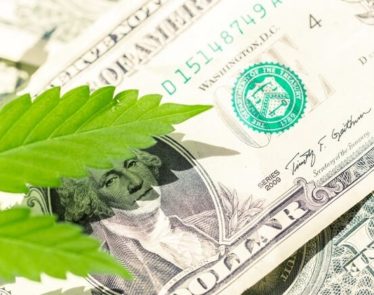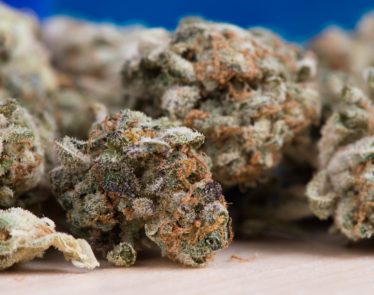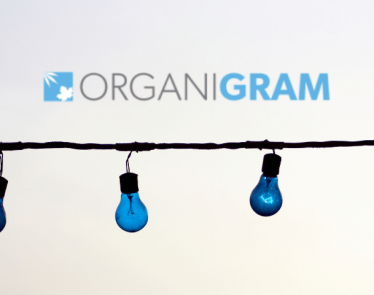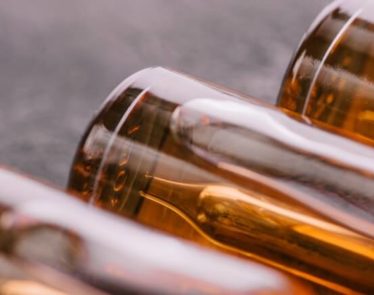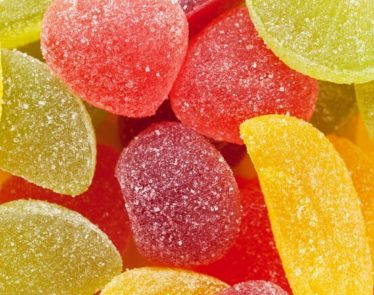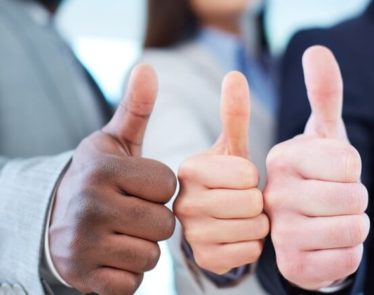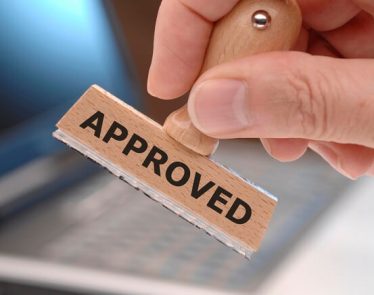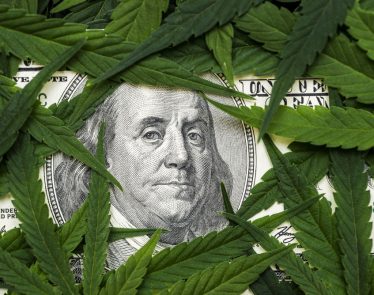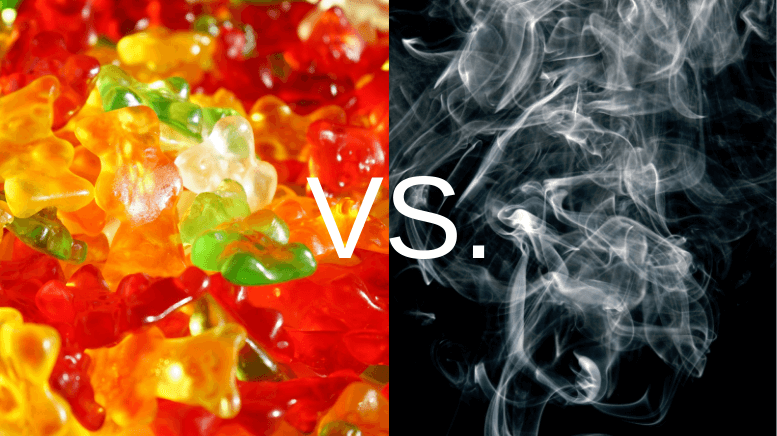
Cannabis edibles are expected to become legal in Canada this fall; however, they are already widely available across the country, as well as in legalized US states. For those who are interested in trying cannabis edibles, it is important to understand that the effects and the onset/offset time for ingesting marijuana are much different than when you smoke or vape.
In fact, these two consumption methods produce wildly different effects, so you want to ensure you know the differences before consuming cannabis edibles.
Cannabis Edibles vs. Cannabis Inhalation: Onset and Offset Time
One of the biggest differences between eating cannabis edibles and smoking or vaping cannabis is the time it takes to affect the user, as well as how long it takes for the effects to leave your system.
When you ingest cannabis, tetrahydrocannabinol (THC) passes through the stomach before it is metabolized by the liver, which converts it to 11-hydroxy-THC. Because of the way cannabis edibles are metabolized, it can take anywhere from 30 minutes to more than two hours to kick in. What's more, the effects can last for several hours.
The time it takes for cannabis edibles to take effect depends on a number of factors like age, weight, body chemistry, as well as how much food is consumed prior to ingesting the edible and how fast the liver processes THC. The onset time for ingesting cannabis edibles can also depend on how much sleep you've had, how active you are, and what your regular diet consists of. Since everyone has a different biological structure and tolerance, it is difficult to know how much to take and how long you'll have to wait to feel the effects.
Inhaled THC, on the other hand, undergoes a different metabolic process and travels directly from the lungs to the brain. This is why the effects of inhaling cannabis set in a lot faster than they do when a person ingests cannabis edibles. When you inhale or vape cannabis, the effects will also dissipate a lot faster compared to when it is ingested.
>> TGOD Stock Up: Dutchman Opening Second Cannabis Store in Jamaica
Cannabis Edibles vs. Cannabis Inhalation: Dosing
As mentioned, cannabis edibles are not yet legal in Canada, and the main reason behind this is that edibles can be difficult to dose. You see, determining the THC content of edibles is no easy feat. Even professional cannabis distributors can have difficulty capturing the exact dose labeled on their products.
What's more, because cannabis edibles can take a while to kick in, there is also fear of overconsumption leading to emergency room visits, which was an issue for Colorado following legalization. Although overdosing on cannabis is not fatal, some of the negative effects of ingesting too much cannabis include disorientation, confusion, acute panic attacks, and, in some cases, acute psychosis.
Inhaling cannabis offers an instantaneous effect, so it can be easier for consumers to gradually increase their intake without concerns of going overboard. However, there are still some risks associated with smoking too much cannabis, from smoking-related health problems to paranoia to cannabinoid hyperemesis syndrome, a severe vomiting condition associated with heavy cannabis use.
Cannabis Edibles vs. Cannabis Inhalation: Effects
When inhaling cannabis, the duration tends to be short, with effects peaking within the first 10 to 30 minutes before rapidly dissipating. On the other hand, the effects of cannabis edibles can take a while to kick in and can last several hours.
The specific effects you will feel when you inhale cannabis flower or concentrates will vary depending on the strain you have chosen. While sativa strains offer a more energetic, uplifting effect that is ideal for mental focus and creativity, indica offers a relaxed, sedative effect that aids in sleep and is best for night time use.
The effects of cannabis edibles will also vary depending on the strain and the level of THC, but many consumers report that larger doses create stronger body effects and an almost psychedelic head high. Smaller doses produce milder, more comfortable effects.
When cannabis is heated during the cooking process, many of its inactive cannabinoids like THCA and CBDA are converted to THC, CBD, and CBN. This process, which is called decarboxylation, along with the higher levels of THC found in edibles, are perfect for treating a number of health issues like insomnia, chronic pain, epilepsy, headaches, autoimmune disorders, nausea, and nervous system disorders.
>> Curaleaf Holdings Acquisition Sends CURLF Stock Up 16%: What We Know
Of course, there are also edibles that are made of cannabidiol (CBD), which comes from the hemp plant and doesn't include the psychoactive effects of THC. These types of cannabis edibles offer the medical benefits of the plant but won't get you high, so they have virtually zero side effects.
Cannabis Edibles vs. Cannabis Inhalation: The Takeaway
When it comes to deciding to ingest cannabis edibles or smoke dried cannabis flower, it really comes down to your personal preference and what you want to use the cannabis for.
Many consumers are opting for edibles because they are the more discreet option in comparison to smoking. It is important to remember that although edible cannabis may be available in your area, the dose isn't regulated and should, therefore, be approached with caution.
Have you ever tried cannabis edibles? If so, let us know your favorites in the comments.
Featured Image: Canva




